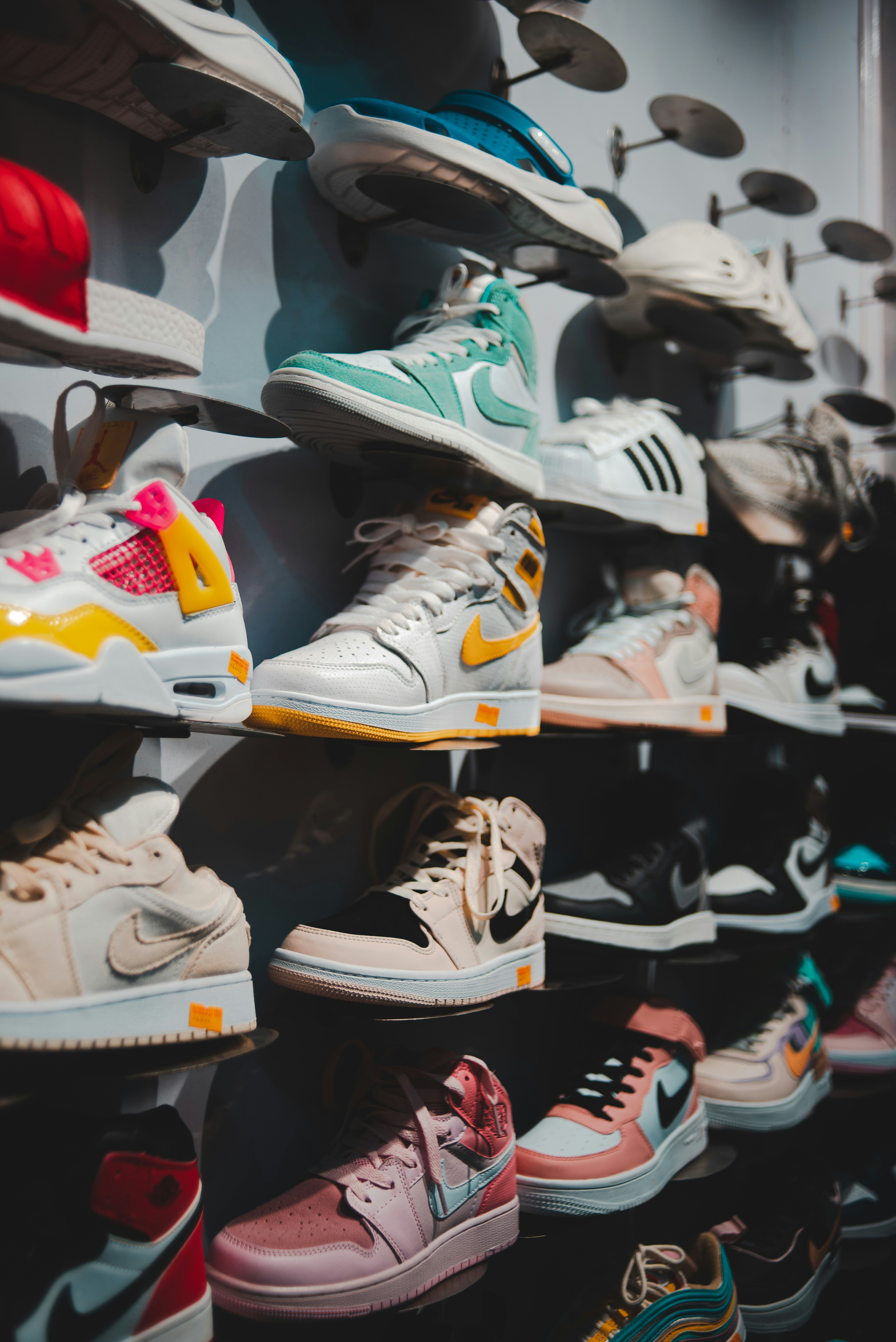Three Things (2/19)
Feb 19, 2025
Buying a seat at the table

Buying a seat at the table
Elon Musk’s AI company, xAI, late on Monday released its latest flagship AI model, Grok 3, and unveiled new capabilities for the Grok iOS and web apps. The AI newcomer is using its Colossus supercomputer with over 200,000 Nvidia GPUs to train its Grok 3 model. By building one of the world’s largest AI clusters, xAI aims to close the gap with incumbents like OpenAI, Google, and Meta. In effect, Musk is buying a seat at the table of frontier AI development, as Colossus becomes “the most powerful training system in the world”.
Given that this is one of the biggest clusters to come live, the launch will be closely monitored by those building and investing across the landscape of AI (Google, Meta, Microsoft, and others). DeepSeek’s January launch proved that the outputs of foundational models could be achieved with a fraction of the compute and costs. Are the capabilities of Grok 3 so superior that the hyperscalers must continue to build scaled computing infrastructure to keep up? Or will the underwhelming marginal gains around the edges cause the biggest wallets to get back to basics and divert capex away from GPUs and towards other areas of innovation?
If you can’t beat ‘em, join ‘em
Nike announced plans to partner with Skims (Kim Kardashian’s shapewear and apparel brand) to launch a new line “NikeSKIMS”. It’s a striking strategic move at a time when Nike’s stock and growth have been under pressure. After years of dominance, Nike has faced headwinds – from inventory gluts to fierce competition – leading to a roughly 25% stock decline over the past year. By teaming up with one of the hottest consumer brands, Nike is making a bid to reignite growth and buzz. The partnership will produce a women’s fitness apparel line blending “Nike’s performance heritage” with “Skims’ design expertise tailored for the female form,” debuting in the Spring.
Nike built its empire on sports performance and star athlete endorsements – from Michael Jordan and Serena Williams to countless team sponsorships. A collaboration with Skims marks a notable departure from that playbook given Skims is a fashion-driven, celebrity-founded brand with no deep roots in professional sports. Strategically, this could be seen as Nike moving from a pure sports company to a broader lifestyle brand. It’s an extension of the company’s footprint, likely targeting consumers who prioritize everyday comfort and style as much as athletic performance – a demographic Lululemon, Athleta, and others have dominated. Notably, it’s a nod to the power of influencer led brands – social media giants have the same reach as athletes, why can’t the same age old playbook work here?
$12 trillion in assets
Fidelity Investments recently reported that its assets under administration topped $12 trillion – a staggering figure that highlights interesting trends on consumer and economic trends. This milestone reflects how investor behavior has evolved in the past decade. A major factor is the relentless shift of investors towards passive investing and index funds, often through retirement plans and brokerage accounts that Fidelity administers. In 2023, despite volatile markets, Fidelity saw enormous net inflows (~$647 billion) thanks in large part to their unrelenting retirement and 401(k) business.
Fidelity surpassing $12T is a landmark that mirrors broad confidence in markets and the ascendancy of passive investing. Crossing $12 trillion puts Fidelity in elite company. How does it stack up against BlackRock and Vanguard, the other asset management behemoths? BlackRock, with about $9–10 trillion in AUM, is the world’s largest asset manager and is heavily institutional. Vanguard, with around $8 trillion, pioneered the index fund revolution for retail investors and is owned by its fund shareholders, enabling ultra-low fees. Where Fidelity has an edge is in being a full-service financial supermarket: it not only manages funds, but also provides brokerage services, retirement plan administration, wealth management platforms, etc. This breadth helped it accumulate such a large asset base.